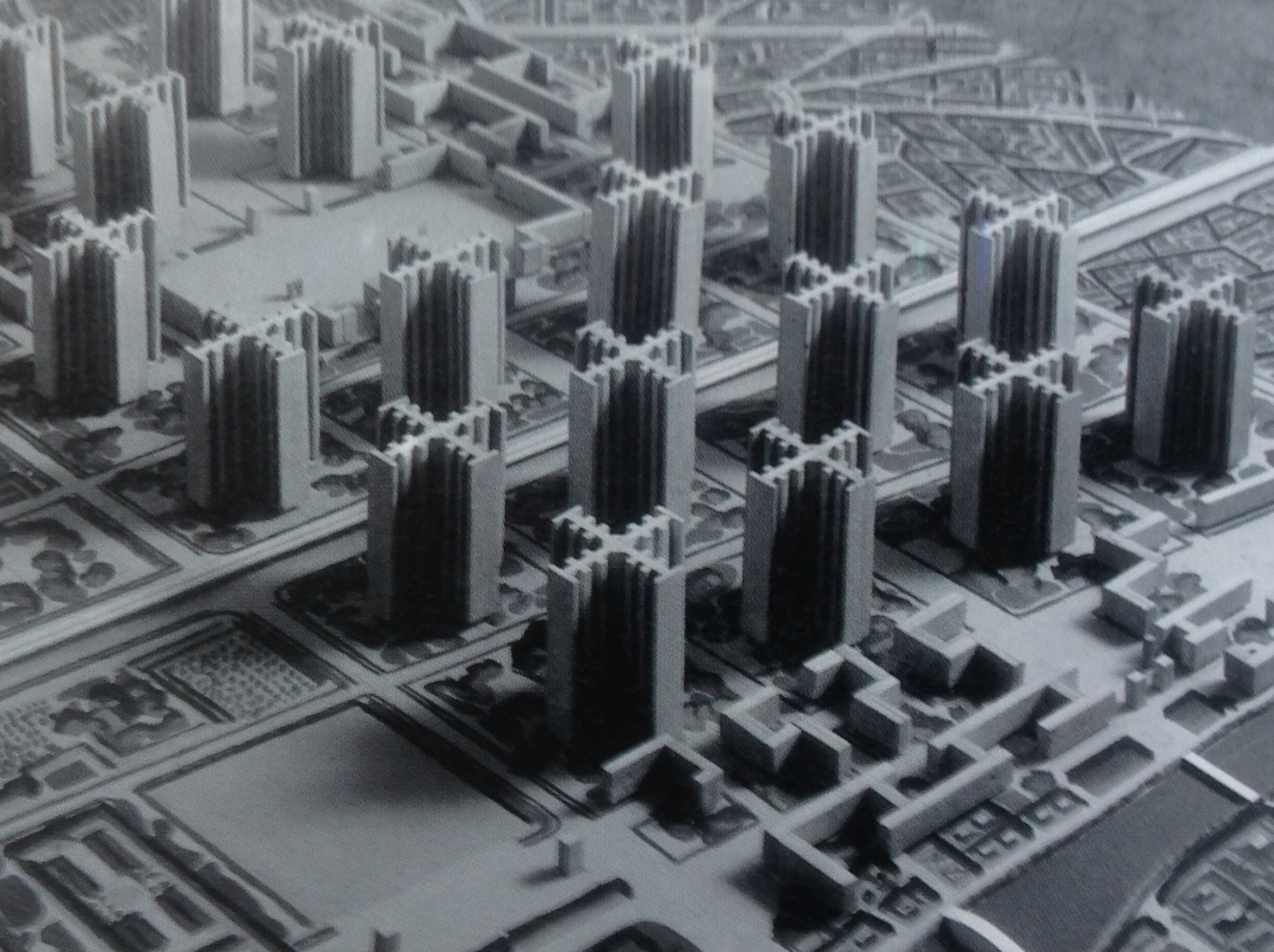Book Review: Seeing Like a State
September 16, 2022
In which humans try to control complex systems at their peril.
Seeing like a State by James C. Scott is an exploration of the ways that governments have shaped the world to their ends over the past few hundred years. The enlightenment created a new faith in science, and the use of the scientific method to understand and dramatically reshape society and culture. Scott ambitiously groups together many separate social phenomena, as disparate as the creation of standardized units of measurement, the adoption of permanent surnames, the central planning of economies, scientific agriculture, and modern city planning, into a coherent process of centralization and standardization undertaken by states, calling the philosophy underlying all of these developments high modernism. High modernism is essentially the belief that “traditional” forms of knowledge and ways of doing things are backwards and outdated, and that the application of central planning by trained experts using science ought to replace these traditional ways. In the case of standardizing measurements, this looks like replacing local, colloquial measurements, which are based on the industries that use them and vary greatly from region to region, with standards like metres, kilograms, etc. In the case of city planning, this means replacing ancient, dense, unplanned cities with centrally planned grid cities zoned to create order and regularity. The book is generally a critique of high modernism, and especially the application of this philosophy in authoritarian settings like communist states and European colonies.

Potatoes planted in monoculture
For example, the expansion of “modern” agriculture – monocropped, huge-scale industrial farms – in the “third world” by Western nations in colonial and non-colonial settings. He makes it clear that this was often done with ostensibly good intentions, in the name of development and modernization. Yet, often these schemes were spectacular failures, sometimes with fatal results for the local people on whom these schemes were forced. Scott documents how Western scientists and governments had little regard for the applied knowledge (he resists the term “traditional knowledge”, since it implies a dogmatic and ignorant practice) of the local populations, even though it usually turned out that their practices had strong effectiveness in the local contexts to which they were adapted. An indigenous farmer in South America might farm in a polyculture, planting many crops and several varieties of the same crop (corn, sweet potatoes, rice, etc.) in one plot. These messy looking farms appeared disorderly and inefficient to Western people, who tried to get them to plant monocultures in neat, orderly rows; but it turns out that this preference for visual order was not exactly scientifically based and more of an aesthetic preference. Monocultures are more vulnerable to disease and pests, and require fertilizer to make up for their depletion of natural soil fertility. An indigenous farmer’s strategy might balance several objectives at once, like preventing erosion, resilience against pests and disease, and providing complete nutrition for his family, but these objectives were unseen by Western rationality, which prized total yield above everything else.
I enjoyed reading about each of the examples of “high modernism” explored in this book, and I think the extrapolation is convincing, personally. Grand schemes which ignore local context and attempt to make complex systems “legible” are dangerous and often blow up in one’s face. I think I was already primed to agree with this from reading Antifragile by Nassim Taleb, another book that talks extensively about complex systems and our failure to control or simplify them. That, and my experience with Jane Jacobs (Life and Death of Great American Cities) and the blog strongtowns.org meant that the chapter on city planning was mostly review for me, though I always like having my prior opinions validated!

High modernist architect Le Corbusier’s plan to remake Paris, France to be more organized and “effecient”.

Modern day Tokyo, Japan.
this book is a frame shifter, encouraging readers to respect complex, emergent phenomena and the order hidden in them. Cities, natural ecosystems, and languages are all examples here. A city is more related to a forest than it is to say, a car, because cities are emergent (i.e. “natural”) whereas as car is engineered, top-down, and complicated but not complex. We still make the mistake, I think, of trying to engineer complex systems, and wrangle them into predictability and stability. If anything, this book implores us to exercise some humility when considering a new mega-project to completely reinvent some domain of human activity. In the conclusion to the book, Scott proposes a few rules of thumb to guide decision making to avoid repeating the mistakes of high modernism: take small steps, favour reversibility, plan on surprises, and plan on human inventiveness.
Through the entire book, Scott often qualifies his claims, acknowledging that there are probably many domains where top-down, hierarchical systems work well, where grand schemes work well, where extensive planning works well; he points to examples like healthcare planning and transportation networks. Scale matters; while a city should not be centrally planned, a single apartment probably should be; while a country probably shouldn’t spend billions of dollars building huge, mechanized farms, spending billions of dollars on a robust high-speed rail network is more likely to be a good investment. Once I began to think in terms of spontaneous order vs. centralized engineering, I started to see examples of it everywhere. I think it even exists at the personal level; some people organize themselves according to adaptability and incrementalism, and others are more given to long-term goal setting and attempting to plan and control their environment. Observing the world in terms of this dichotomy might be useful to learn when each strategy is appropriate in one’s own life.
I highly recommend this book.
